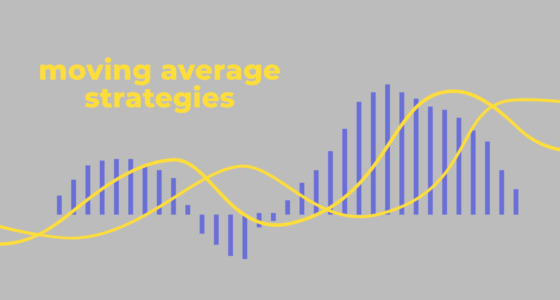

Short-term trading with the correct strategy will help you evolve your skills and make a profit. Let’s take a look at the most popular 15-minute trading techniques, including the breakout strategy.
Rules of trading the 15-minute charts
The 15-minute trading strategy is a short-term trend-following technique that is most popular among day traders and scalpers. Unlike positional trading, where you need to hold trades for a long period of time, the 15-minute strategy is also suitable for beginners. However, a trader must adhere to certain trading rules.
The main rules for using a trading strategy on the 15-minute chart:
- The 15-minute trading strategy is suitable for breakout and trending markets. Try not to use it in ranging or choppy markets.
- It is better to use the strategy for European and Asian trading hours.
- Try not to open any positions within 2 hours before the market closes in the New York session.
- The technique is optimal for trading any currency pairs, as well as FNO stocks.
- To increase the accuracy of chart analysis, use indicators such as Heiken Ashi, ADX, Parabolic SAR, Bollinger Bands, 5-, 8- and 20-EMA.
- Buy only if the trend on the daily chart matches the direction on the 15-minute one.
- Sell when the price is about two pips below the support level.
The 15-minute trading strategy requires the ability to read candlestick charts and understand support and resistance levels.
Trading the 15-minute chart
The most straightforward trading strategy is the 15-minute breakout. You don’t need to use anything other than the chart, adding trendlines if needed. The essence of this technique is as follows: if the chart moves in one direction and breaks the 15-minute high, then most likely, it will continue to move (either up or down).
Indicators and oscillators will also help to increase the accuracy of the analysis of a 15-minute chart. However, to avoid confusion, beginner traders are not recommended to use many of them at once.
One of the most popular techniques using indicators is the 20-EMA strategy, but it is more complex than the previously described one. You must be able to read daily charts, understand how the EMA works and keep track of the overall trend and support/resistance levels.
The exponential moving average or EMA is a technical indicator that tracks the asset price over time.
Let’s see how to use the 20-EMA strategy:
- If the price on the 15-minute chart breaks the 20-EMA, you can open a “buy” position. If the price is below the 20-EMA, you can sell.
- If the price has been moving above the 20-EMA line for several days, buy when it returns to the line. If the price has been falling below the line for several days, you can enter a short position when the price return to it.
No trading strategy, including the 15-minute one, guarantees the result of a trade. It is important to confirm it with indicators, for example, the Directional Movement Index (DMI).

How does the Directional Movement Index work?
Many traders implementing strategies on 15-minute charts are wary of using DMI because it seems complicated. However, this indicator holds a lot of significance as it defines the potential of an asset by correlating the highs and lows.
The Directional Movement Index consists of three components:
- Positive Direction (DI+/Green Line)
The DI+ is valued at zero if Today’s High is lower than the Prior High. The DI+ is positive if Today’s High is higher than the Prior one. Hence, If the DI+ line rises, it suggests that Highs are rising (bullish signal).
- Negative Direction (DI-/Red Line)
The DI- is positive if the Prior Low minus the Current Low is higher than Today’s High minus the Prior High. In the opposite situation, the DI- is given a zero value. Therefore, if the DI-line increases, it suggests that Lows are decreasing (bearish signal).
- Average Directional Index (ADX/Black Line)
ADX does not indicate a price trend. Instead, it highlights how strong the trend is:
- If it is below 25, the trend is weak.
- If it is from 26 to 50, the trend is comparatively strong.
- If it is between 50 and 75, the trend is very strong.
- If it is over 75, the trend is extremely strong.
Try not to trade when the ADX is below 25. Only trading in the direction of a strong trend can reduce the risk of losing investment and increase your potential profit.
General
Strategies for trading the 15-minute chart are suitable even for beginners. After mastering simple techniques like the 15-minute breakout, you can move on to more advanced ones, including the 15-40 tennis trading strategy. However, it is essential to remember that no ready-made technique guarantees a profit, and you risk losing your investment. To reduce this risk, you must learn to analyze the market and read charts.








